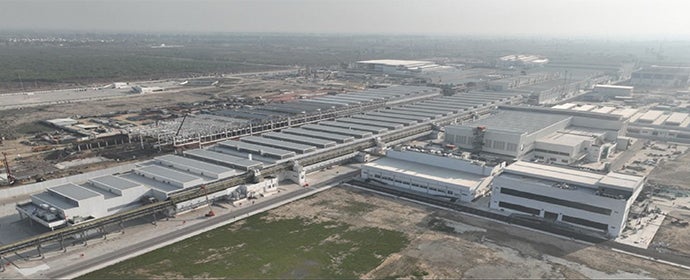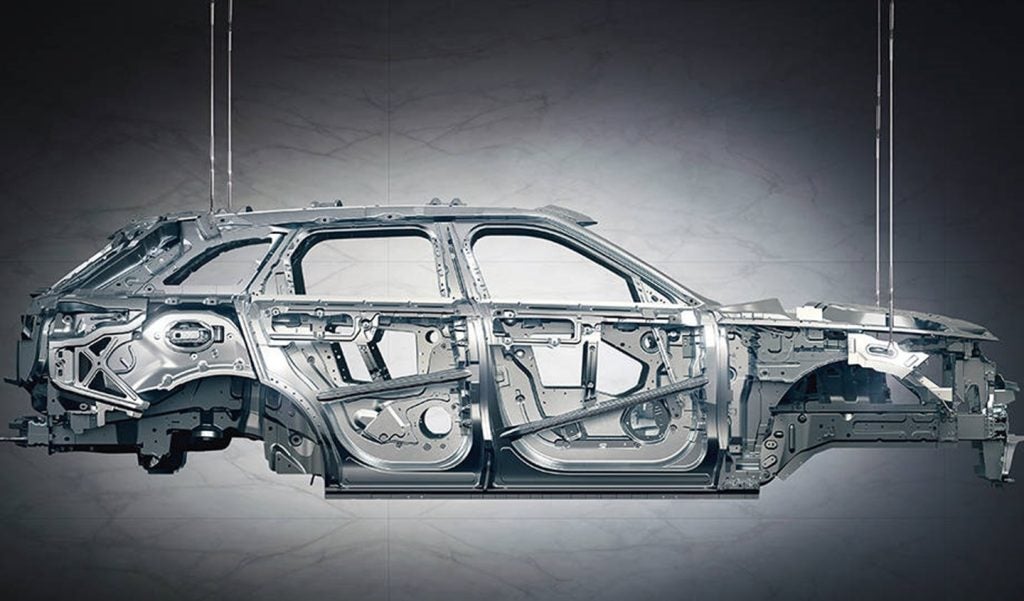Thailand’s new vehicle market continued to deteriorate in January 2025, with sales falling by 12% to 48,092 from already weak year-earlier sales of 54,814 units, according to the latest wholesale data released by the Federation of Thai Industries (FTI).
The market has been in a downturn for the last two years, after a brief rebound from the Covid pandemic lows in 2022. Much of the decline has been blamed on stricter lending criteria by banks, in response to rising levels of non-performing loans (NPLs), leaving the country’s highly indebted consumers and small businesses struggling to access financing. The auto loan rejection rate is reported to have reached 70% last year.
Thailand is now South-east Asia’s third-largest vehicle market after Indonesia and Malaysia, with FTI data showing sales fell by 26% to 572,675 units last year from 775,780 in 2023 - the lowest level since 2009.
The sales decline continued last month despite overall economic growth in the country accelerating further in the fourth quarter of 2024, to 3.2% year-on-year from 3.0% in the third quarter and 2.2% growth in the second quarter - driven by a pick-up in government spending, a rebound in fixed investment and higher exports. Private consumption growth slowed, however.
Sales of pickup trucks fell by 17.5% to 12,261 units in January, while deliveries of pickup-based passenger vehicles were slightly higher at 3,102 units. Sales of internal combustion engine (ICE) passenger vehicles fell by 16% to 12,010 units, while medium and heavy truck sales plunged by 36% to 986 units.
The FTI’s data shows that sales of battery electric vehicles (BEVs) in the country fell by 28% to 7,022 units last month, while sales of hybrid vehicles rose by 13% to 11,578 units.
FTI spokesperson Surapong Paisitpattanapong has urged the Thai government to bring forward measures to support the automotive industry, including measures to address the country’s high household debt.
Thailand remained the region’s largest vehicle producer in January, despite a 25% drop in output to 107,103 vehicles, reflecting also a 28% drop in exports to 62,321 units. An increasing number of automakers have laid off workers and cut working hours and salaries, in response to falling output volumes.
















